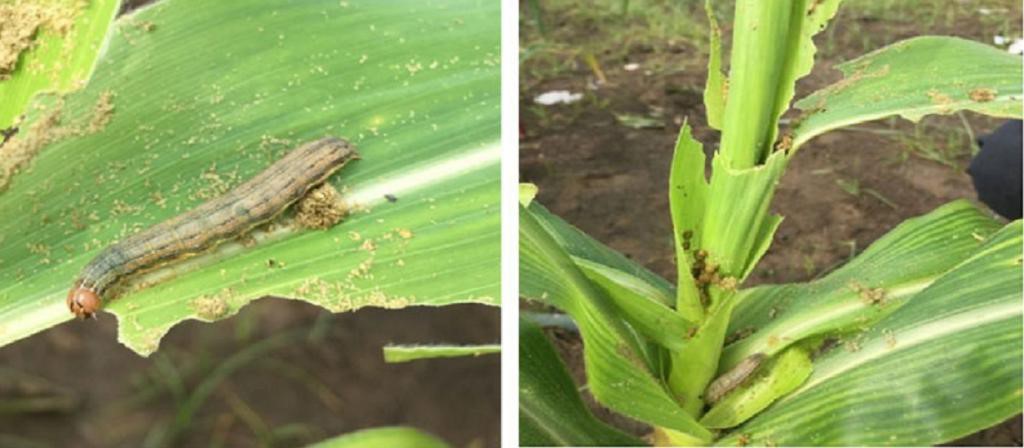
Oriental armyworm

24.11.2023
Oriental armyworm , Daily Current Affairs , RACE IAS : Best IAS Coaching in Lucknnow
|
For Prelims: About Oriental Armyworm,Important points,Features of Oriental Armyworm For Mains paper:About Assam,Assam: Geographical Facts |
Why in the news?
According to recent reports, prolonged sustained hot temperatures have led to severe armyworm infestation in Assam.
Important points:
- 28,000 hectares of paddy crops in 15 districts of Assam were destroyed by armyworm.
- Damage to crops by ear head cutting caterpillars was also reported in 2016. However, damage was limited to a few areas.
About Oriental Armyworm:
- Its scientific name is Mithymna Separatea.
- It is also known as Northern Armyworm, Ear Head Cutting Caterpillar and Rice Ear Cutting Caterpillar.
- It eats the leaves and may cut the ears from the base of the crop plant, leaving the field often looking as if it has been grazed by cattle.
- Oriental armyworm was first observed as a sporadic pest from Tamil Nadu during 1937 and from Kerala and Odisha in 1957.
- Their population increases rapidly during high temperatures and humid environments.
Features of Oriental Armyworm:
- It is a cyclical pest which comes intermittently and attacks once every 10-12 years.
- They are omnivorous (eating mainly multiple host crop plants like paddy and wheat but also maize, millet, sunflower, sugarcane and groundnut).
- During outbreaks, they multiply extensively and move from one field to another in swarms like an army to attack crops.
About Assam
- It is a North-eastern state of India which is a part of the seven sisters.
- It is famously known for the Assam tea and Assam silk.
- It is home to the one-horned rhinoceros, wild water buffalo, pygmy hog, tiger, and various Asiatic birds.
- The first site for oil drilling in Asia was found in Assam.
- Kaziranga National Park and Manas National Park are World Heritage Sites.
- The state shares its international borders with Bhutan and Bangladesh, nationally it shares its borders with Nagaland, Manipur, Meghalaya, Tripura, and Mizoram.
Assam: Geographical Facts
- It has three physical regions; the Brahmaputra River Valley, the Barak River Valley, and the hilly region between Meghalaya, Nagaland, and Manipur.
- The average temperature in Assam is about 36°C. It is highest during August and the lowest goes up to 7°C during January.
- The annual rainfall of Assam ranks among the highest in India. The annual rainfall received by Assam ranges from 70 inches to 120 inches.
- During the early 21st century, Assam was covered with several Woodlands which include tropical evergreen and deciduous forests, grasslands, swamp forests, pine forests, and broad-leaved hill forests.
- The Sal and Hollong trees are found in abundance in Assam. Along with these, Bamboo, ferns, and orchids are also abundant.
- It has various wildlife sanctuaries due to the huge variety of habitats, flora and fauna found here. The Kaziranga National Park and Manas National Park are the two UNESCO World Heritage sites in Assam.
- Both the sanctuaries are known for rescuing the one-horned rhinoceros and the Manas National Park is known for rescuing tigers and leopards.